From greenwashing to green-winning — your complete checklist for sustainable sportswear.
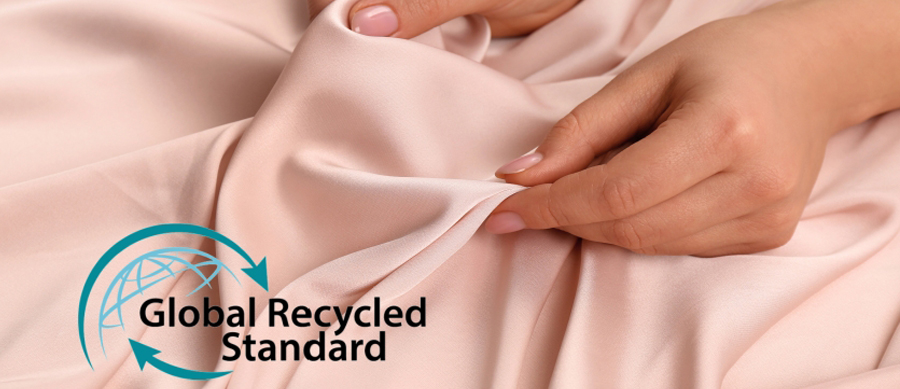
Discover 5 proven ways to identify truly sustainable activewear in 2025—no fluff, no fake eco claims. Learn which brands walk the talk, and how to shop with real impact.
Have you ever bought eco-friendly activewear—only to realize it’s made of standard polyester? You’re not alone. In today’s saturated market, many eco friendly activewear brands use vague labels like “green” or “natural,” but few live up to their promises.
Did you know? 60% of ‘eco-friendly’ sportswear brands fail to meet basic sustainability standards.
— 2023 Global Sustainable Activewear Report
Welcome to the world of greenwashing.
High prices don’t guarantee sustainability. Fancy buzzwords don’t equal verified impact. But the good news? This guide will teach you how to avoid greenwashing in clothing and spot genuinely eco-conscious brands using 5 clear and actionable filters.
From materials to end-of-life programs, we’ll help you cut through the noise—and make choices that truly matter.
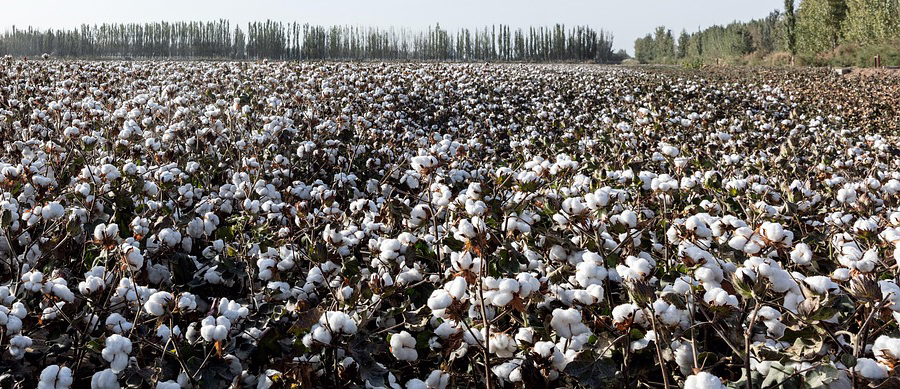
We often assume that using recycled materials automatically means sustainability. But the reality is far more nuanced.
Many brands market “recycled polyester,” even if only a small fraction of the material is actually recycled—and often without any verified source. “Ocean plastic” claims? Frequently unverified and used as greenwashing bait.
Vague terms like “green materials” or “eco fabrics” without certification
No GRS (Global Recycled Standard) or traceability info
GOTS-certified organic cotton: No pesticides, 91% less water
rPET (recycled polyester): 1kg = ~20 plastic bottles saved
TENCEL / Bamboo: Biodegradable, closed-loop production
Use the Good On You app to verify material and ethical scores.
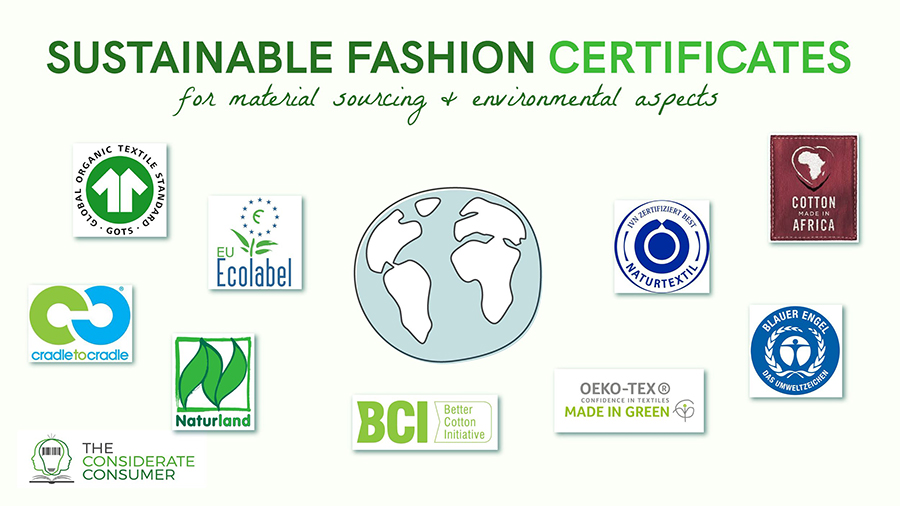
Not all eco-labels are legit. Many brands invent tags like “Eco Smart™” or “GreenFit™” — which sound official, but are often unverifiable. Real sustainability claims must be backed by trusted third-party certifications.
| Certification | Covers |
| GRS | Percentage of recycled content |
| OEKO-TEX | Harmful chemical-free fabrics |
| B Corp | Holistic ethical & environmental score |
Avoid vague branding like “Eco-Conscious™” with no validation.
Use tools like Certilogo to verify labels.
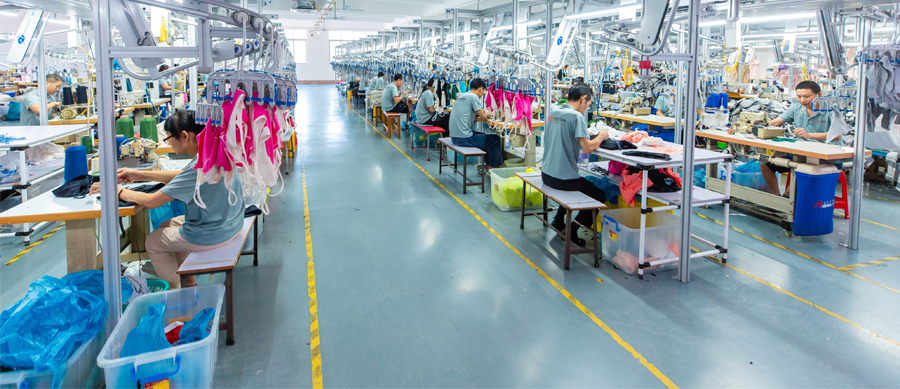
Sustainability isn’t just about what your gear is made of—it’s about who made it, where, and how.
Do they disclose factory partners?
Are ethical labor practices (e.g., Fair Trade) in place?
Is renewable energy used in production?
⚠️ A fast fashion brand’s “green line” was exposed for using underpaid labor
✅ Patagonia’s “Footprint Chronicles” is a transparency benchmark
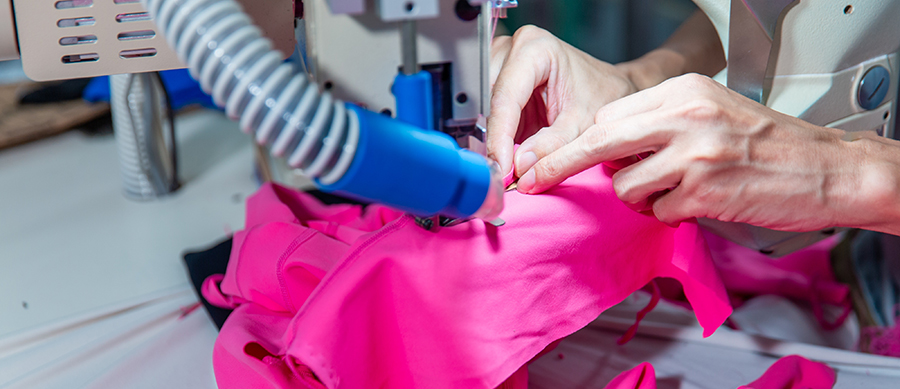
A sustainable fabric means little if the item falls apart after 3 washes.
Stitch count: Tighter seams = longer wear
Pilling resistance: Look for independent reviews (e.g. Wirecutter)
Brands that offer repairs (like Patagonia, Nudie Jeans)
Spare parts (e.g., buttons, patch kits)
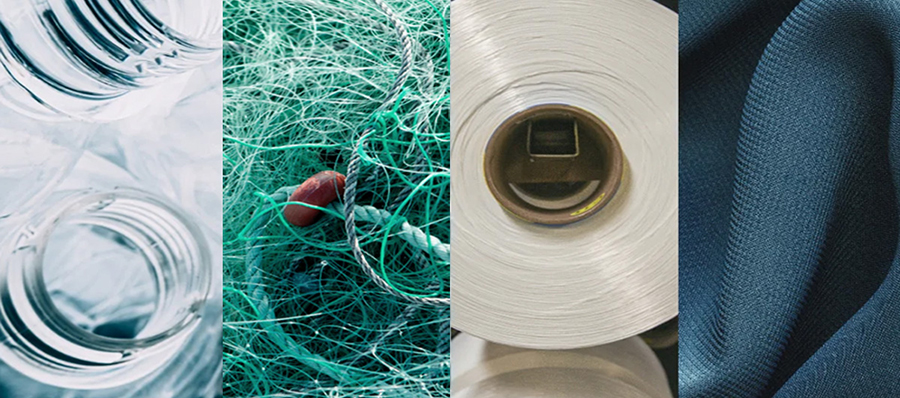
Where will your gear go when it’s worn out?
📉 73% of clothing is incinerated or landfilled. Less than 1% is truly recycled.
Take-back or resale programs
Plant-based or compostable packaging
Tools to help:
TerraCycle, Retold Recycling
Check brand policies via Circularity checklists
Redefining inclusive, high-impact activewear
Materials: rPET (25 bottles = 1 legging)
Certs: OEKO-TEX, SA8000
Standout: ReGirlfriend program, inclusive sizing
“We’re not just recycling plastic—we’re reshaping the industry.”
Science-first eco-luxury for everyday wear
Materials: Seaweed fiber, FLWRDWN, organic cotton
Certs: GOTS, Cradle to Cradle, B Corp
Standout: Tree planting per item, compostable packaging
“Not a fashion brand. A material science company solving environmental problems.”
Still setting the standard in sustainable outdoor gear
Materials: Recycled wool, rPET, natural rubber
Certs: Fair Trade, bluesign®, B Corp
Standout: Worn Wear, transparent footprint tool, reinvested profits
“Earth is now our only shareholder.” — Yvon Chouinard
Buying ethical activewear isn’t enough. How you use it matters just as much.
Build low-impact habits:
Cold water washing: Less fiber damage, longer life
Air drying: Avoid tumble dryer heat stress
Mending mindset: Keep clothes alive with small repairs
🌍 Every outfit you keep wearing is a vote for the planet.
Material matters — Look for certifications, not claims
Transparency wins — Ethical = open supply chains
Lifecycle thinking — Wear longer, mend more, recycle smart
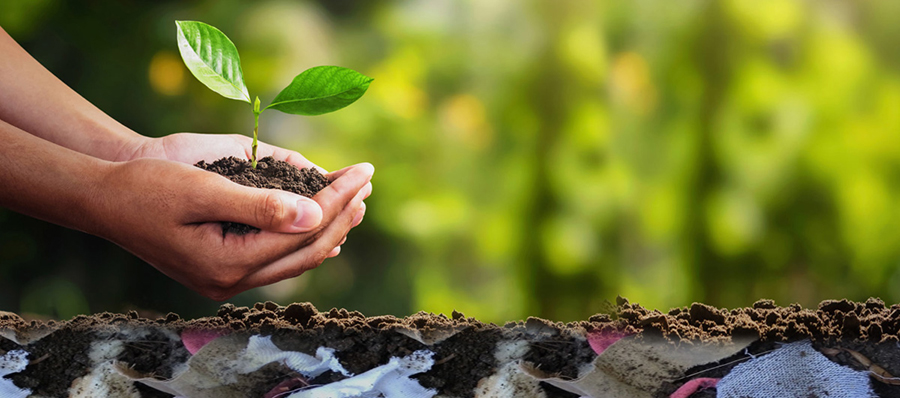
Behind every sustainable product is a manufacturer who makes it possible.
Meet Eation — one of Asia’s most forward-thinking ethical activewear manufacturers.
From installing solar panels to investing in waterless dyeing and zero-waste packaging, Eation proves that performance gear can be created with planetary respect.
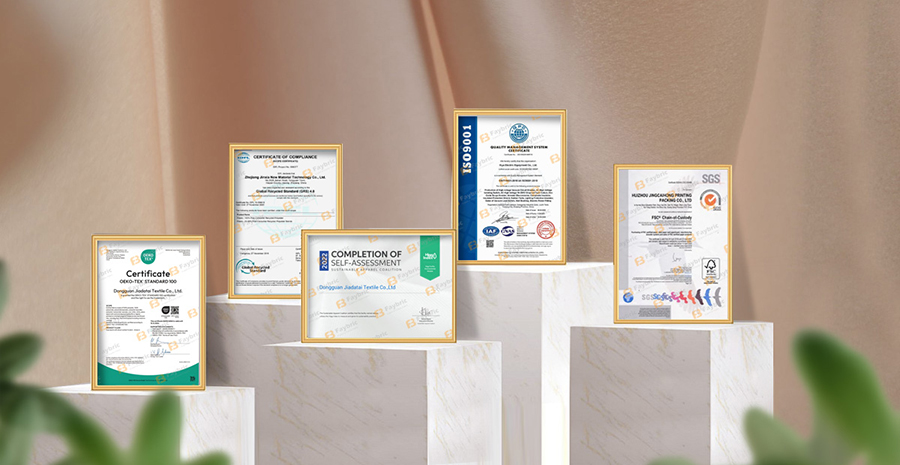
As a trusted partner to both rising and established sustainable brands, Eation does more than just manufacture—they build better industry practices from the ground up.
“Transparency, durability, and planet-first thinking should start at the factory level.”
Next time you buy activewear, remember: it’s not just about the logo on the outside—but the hands, hearts, and choices behind the seams.
